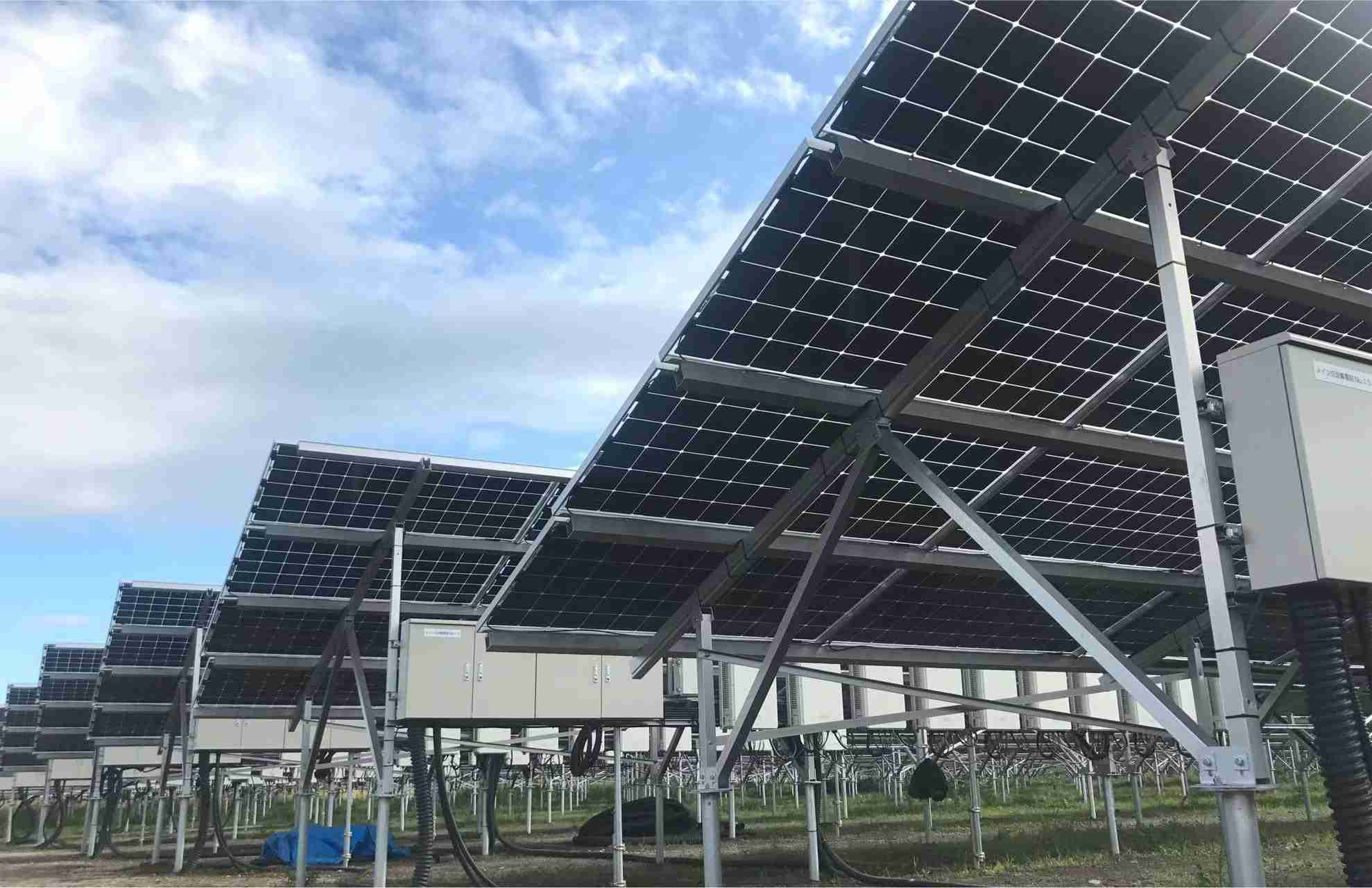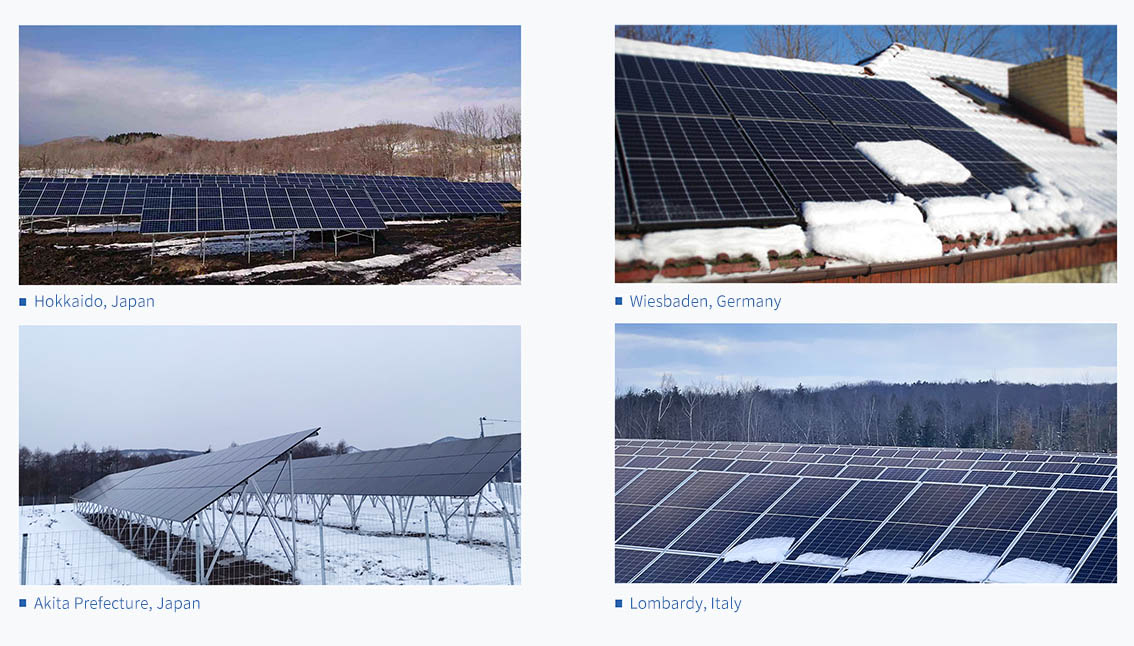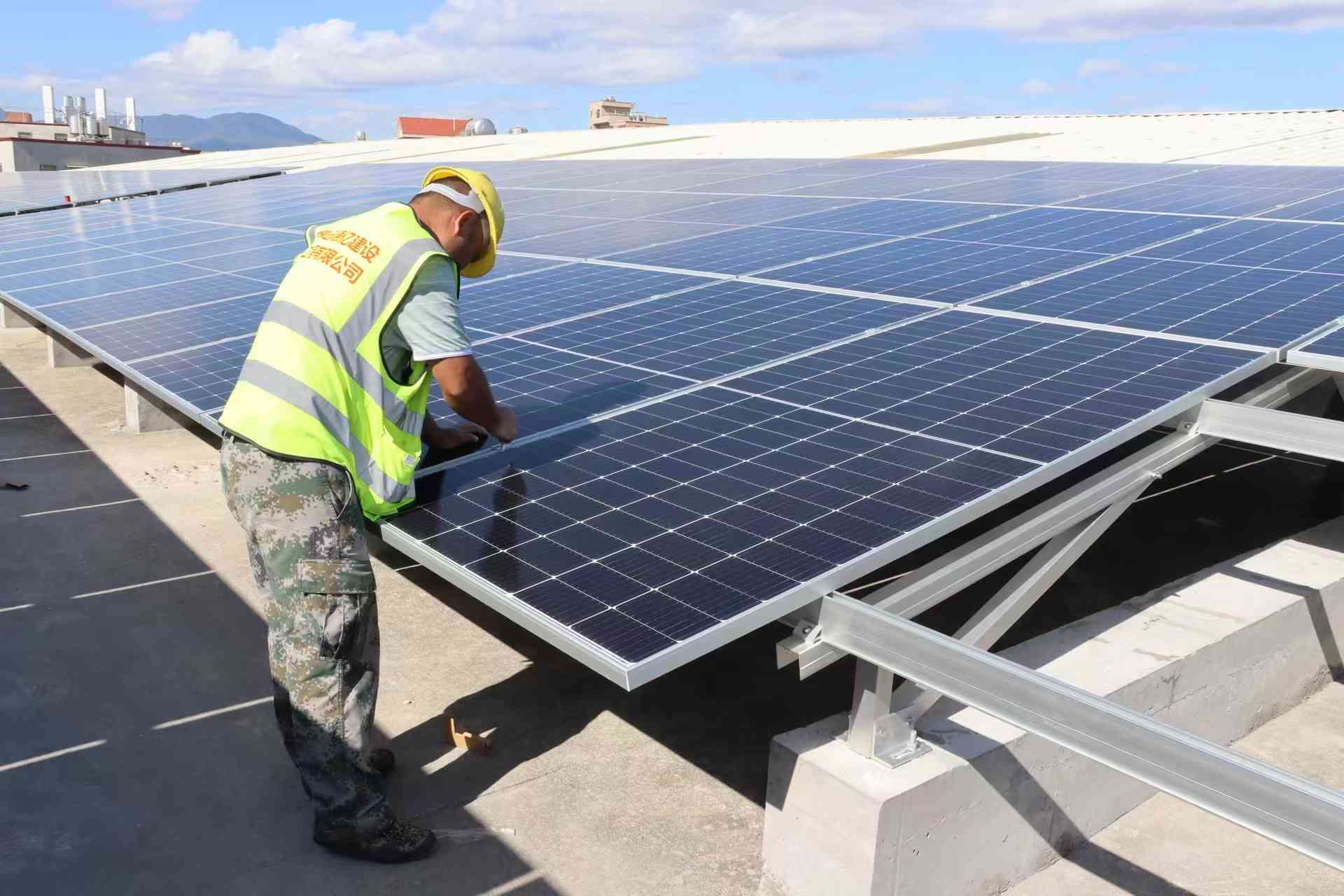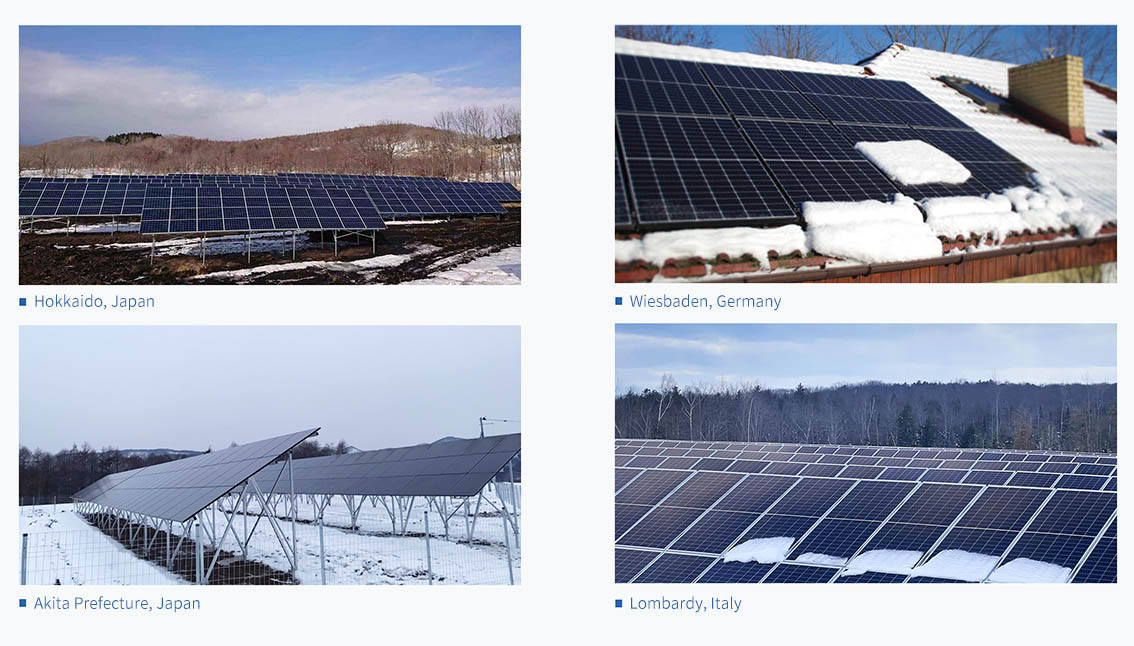How to Design the PV Mounting? Professional Analysis of the Three Core Points
In the context of today's energy transition, solar plants as an important part of the clean energy sector, its efficiency optimization has become the focus of industry attention. This paper will delve into how to scientifically design and optimize the solar mounting structure through a systematic design approach, in order to achieve dual enhancement of performance and economic benefits.
First, an accurate load assessment is the foundation of the design. We need to conduct a comprehensive environmental parameter analysis of the solar plant site, including but not limited to average annual wind speed, frequency of extreme weather, seismic intensity level and snow accumulation thickness and other key indicators. By establishing an accurate load model, we can accurately predict the stress distribution that the mounting system may experience during actual operation, providing reliable data support for subsequent design.
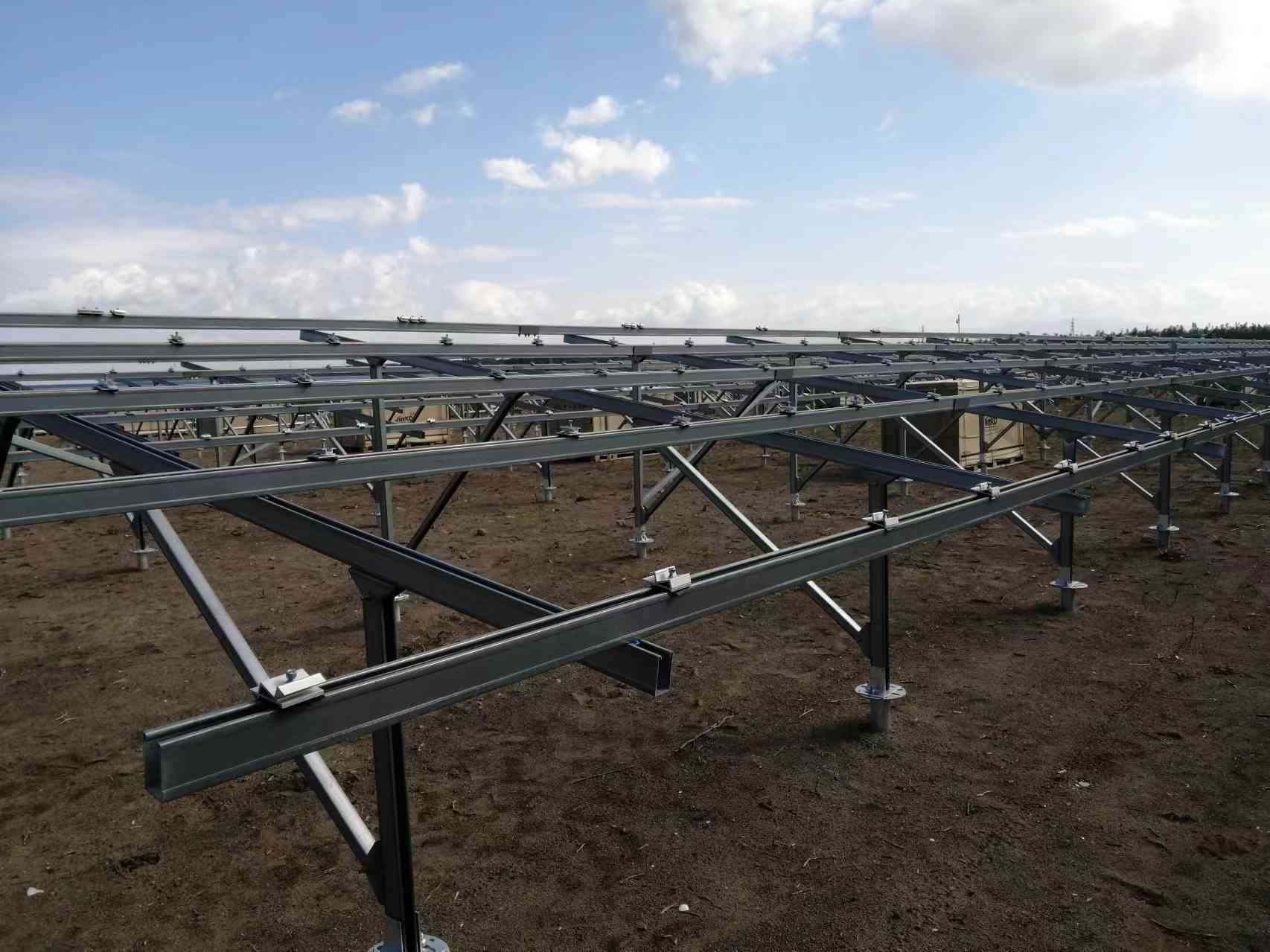
Secondly, in the structural analysis stage, we can carry out a comprehensive mechanical performance evaluation of solar PV mounting systems with the help of professional structural analysis software, and simulate the stress distribution and deformation under various conditions to ensure the structural stability of the mounting system in extreme weather. Additionally, considering the fatigue characteristics of the materials, we can also perform long-term service performance predictions to extend the lifespan of the mounting system.
The last step is to optimize the design. By utilizing professional optimization algorithms or software, we can precisely adjust the cross-sectional dimensions and shape of the mounting structure to minimize its weight and cost while ensuring strength and stability. Meanwhile, by taking into account the actual conditions of the solar plant and light conditions, we can develop a scientifically sound overall layout and arrangement. This will further enhance the power generation efficiency of the plant.
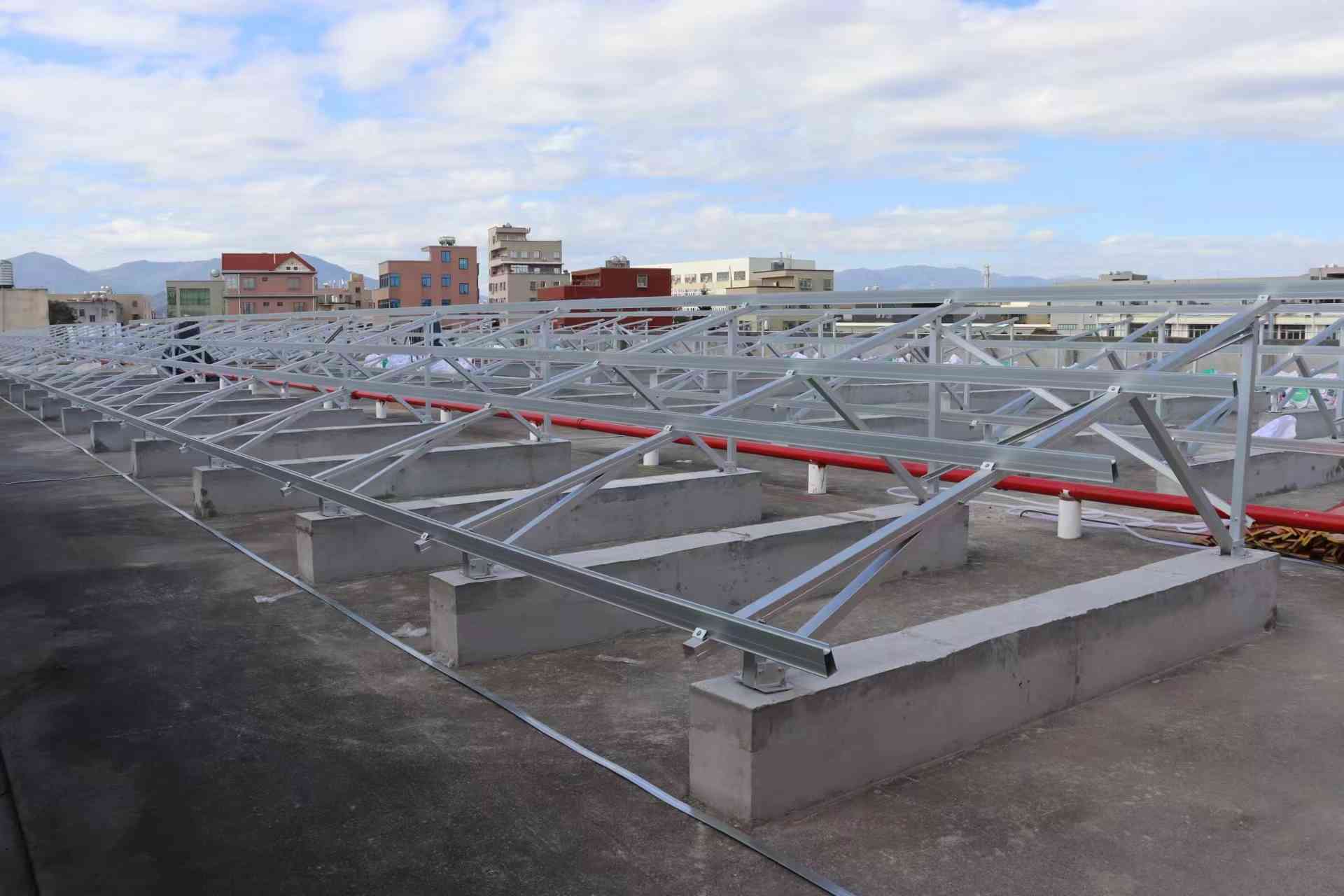
Through the above systematic optimization methods, we can not only significantly improve the power generation efficiency of solar plants, but also effectively reduce the construction and operation costs, providing strong support for the sustainable development of the PV industry.
Advantages of Huge Energy Solar PV Mounting Structures
Huge Energy solar PV mounting structures feature carefully selected materials, such as corrosion-resistant aluminum alloys, high-strength steel products and top-quality stainless steel bolt sets. Precision machining ensures durability in varied environments.
Before constructing a solar plant, we design a reliable PV mounting system and connection method tailored to the specific wind speeds and snow loads of the location. This enhances the structure's ability to withstand crosswinds to ensure the overall stability. Our custom design service optimizes installation angles and minimizes shading losses, maximizing energy capture.
We offer 10-15 years of quality assurance and 25-years design life. Our "safety-first" engineering strategy has resulted in a decade of accident-free operations. Count on us for professional services from consultation through installation to ongoing maintenance.
We stand by our commitment to effective energy solutions and sustainable development. And we meet your expectations in every aspect and get your investment to the maximum return.

